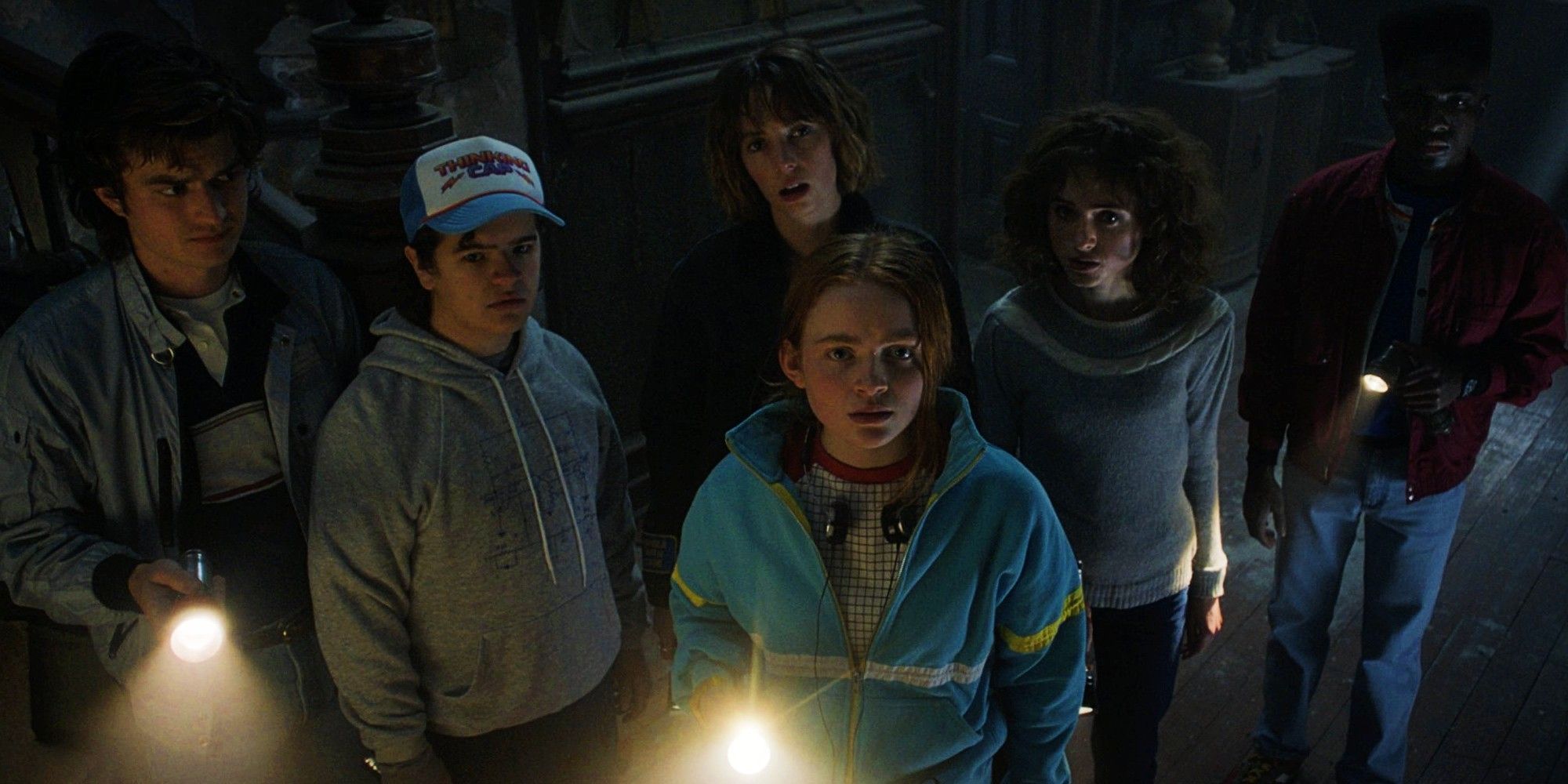Since its debut, Stranger Things has captured the imagination of audiences worldwide with its captivating narrative, nostalgic vibes, and complex characters. Stranger Things episode guide At the heart of this beloved series is the game of Dungeons & Dragons (D&D), which serves not just as a hobby for the young protagonists, but as a vital element that shapes the series' narrative in profound ways.
Dungeons & Dragons, a fantasy tabletop role-playing game, offers players the freedom to explore imaginary worlds, engaging in quests and battling monsters through strategic gameplay. The game's emphasis on narrative exploration and character development echoes through Stranger Things, as the children's D&D adventures reflect their real-life struggles against the supernatural forces of the Upside Down.
At the outset of the series, the audience is welcomed by the central characters – Mike, Will, Lucas, and Dustin – in the midst of a D&D campaign. Stranger Things Articles This introduction instantly establishes the game as a central theme and sets the tone for the series. The monsters they encounter in their game, most notably the Demogorgon, later transform into very real threats in their lives, blurring the lines between their game and reality.

This correlation between the game and their reality acts as a metaphor for the challenges the characters face and their growth throughout the series. The game's structure provides them with a template for understanding and confronting the dangers they encounter in Hawkins. It teaches them the value of teamwork, courage, and strategy, which are essential in their fight against the series’ antagonists.
Furthermore, D&D contributes to the series' world-building, offering a rich tapestry of references that enhance the narrative and allow for a richer connection with the audience. Many viewers, particularly players of D&D, appreciate these nuances, as they recognize parallels and hidden references intertwined within the plot.
The titling of the series' monsters and realms after D&D elements is also significant. By borrowing terms like the "Demogorgon," "Mind Flayer," and the "Upside Down," Stranger Things creates a familiar yet unique mythology that resonates with a wide audience – from avid D&D players to those unfamiliar with the game.

In conclusion, Dungeons & Dragons is not just a game within the narrative of Stranger Things; it is a catalyst that shapes the series’ storytelling, character development, and thematic depth. By integrating D&D into its narrative core, Stranger Things pays homage to the game's cultural significance while using its lore to enhance viewers' engagement with the story. This ingenious fusion of game and narrative not only honors the game's impact on popular culture but also highlights the power of storytelling in forging connections and understanding our own lives.

